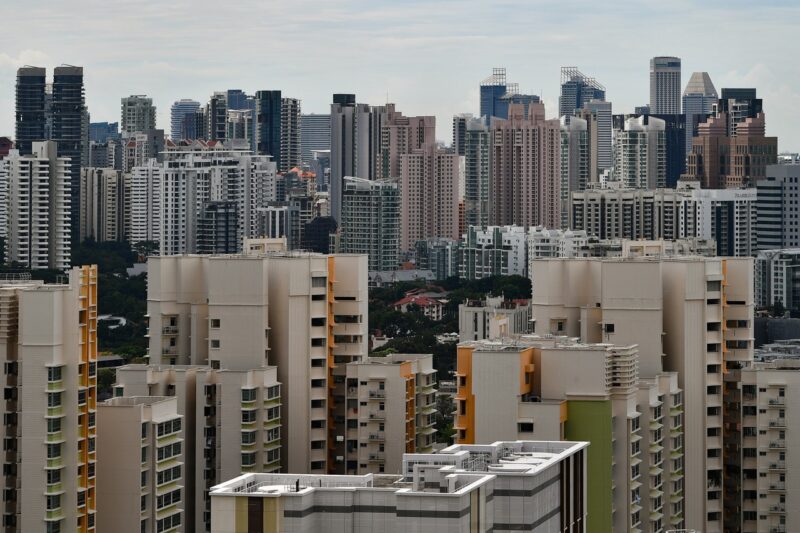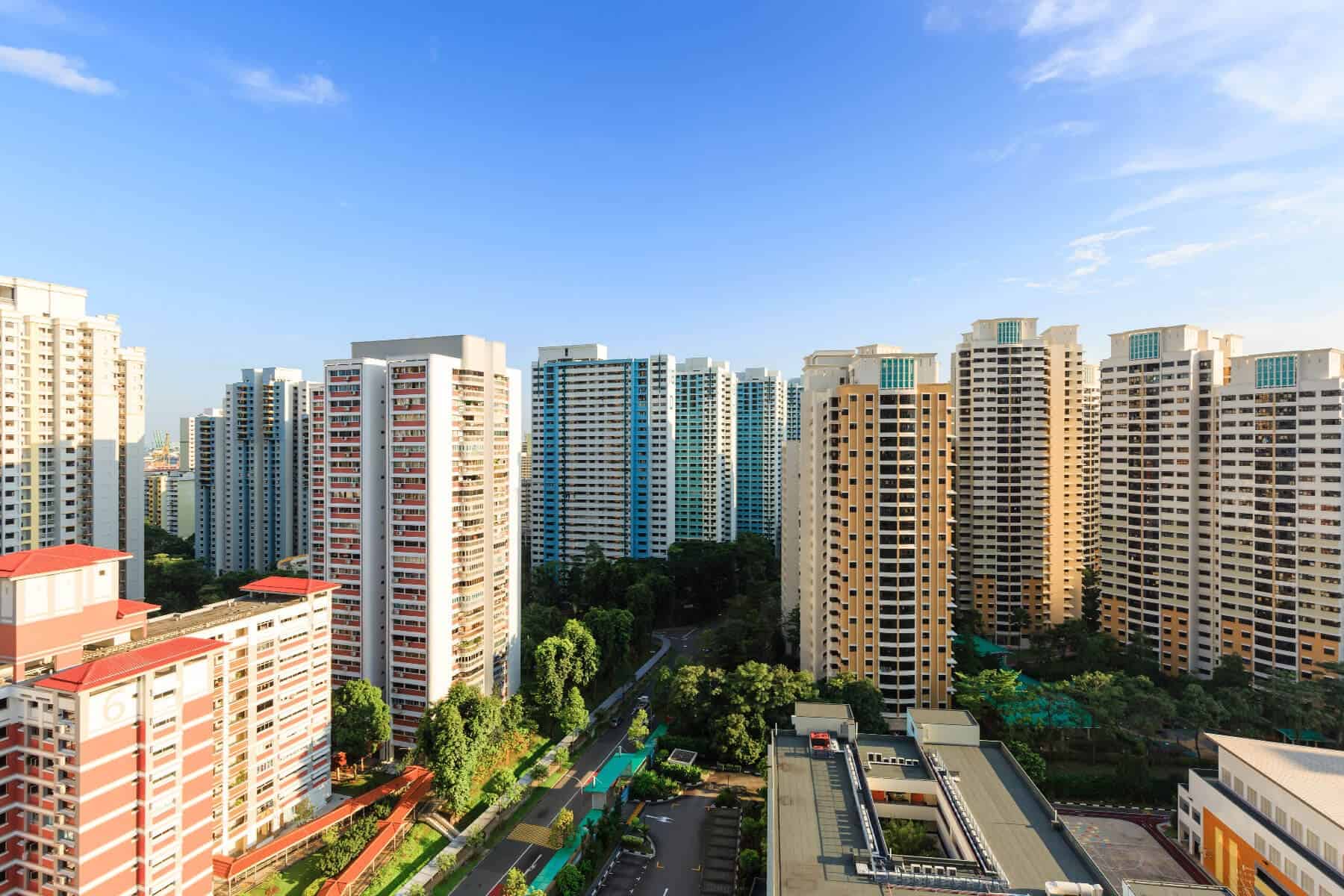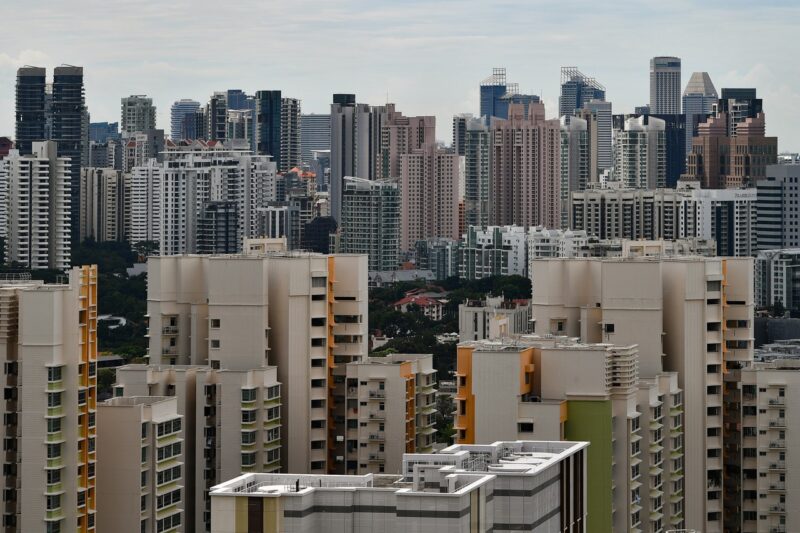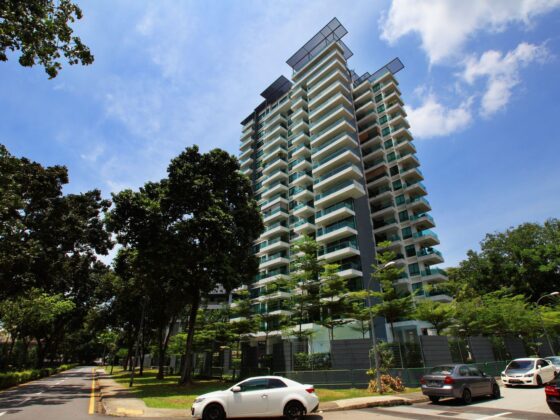In Singapore’s competitive real estate market, efficient floor plan design has become one of the most important elements of modern property development. With limited land and rising demand for functionality, developers are rethinking layouts to maximize comfort and utility. Buyers today prioritize practicality, flexibility, and thoughtful design over sheer size or luxury finishes.
1. The Importance of Space Optimization

Thomson Modern showcases how well-designed floor plans enhance both livability and value. In a high-density city like Singapore, where every square meter counts, smart layouts allow residents to enjoy spacious living without unnecessary waste. Developers now focus on functional zones, flexible partitions, and open-plan concepts that make smaller units feel more expansive.
Optimized layouts improve natural light flow and ventilation while ensuring that every corner of the home serves a purpose. This attention to design efficiency attracts buyers seeking long-term comfort and higher utility within compact spaces. It also appeals to investors who recognize that practical layouts ensure consistent tenant demand and better rental yields.
Floor plan efficiency has effectively redefined what “premium living” means—combining practicality with elegance in limited space.
2. Design Innovation and Functional Comfort

Developers are now integrating multi-functional furniture, modular kitchens, and concealed storage to make units more adaptable. These features cater to modern lifestyles where residents work, relax, and entertain within the same environment. By prioritizing function, developers create homes that evolve with changing needs.
Projects like Thomson Modern reflect this design philosophy. Open layouts, smart-home integration, and seamless flow between living areas create an enhanced sense of spaciousness. Even smaller units feel inviting and balanced due to clever use of proportions and materials.
Buyers increasingly value efficiency over excess. A well-planned two-bedroom apartment can offer more satisfaction and usability than a larger but poorly designed home. This shift underscores how good design has become a hallmark of quality in Singapore’s real estate market.
3. Market Value and Long-Term Demand

Efficient floor plans contribute directly to property value and market performance. Buyers appreciate homes that require minimal renovation or reconfiguration, while investors see the long-term rental benefits of layouts that appeal to a wider demographic.
Singapore’s urban development strategy emphasizes sustainable living, and efficient design supports this goal by minimizing space waste and promoting energy efficiency. It also ensures affordability and accessibility, allowing developers to deliver high-quality projects at competitive price points.
As a result, properties known for excellent space utilization maintain strong resale potential and steady appreciation, even during economic fluctuations.
Conclusion
Floor plan efficiency defines the essence of modern Singapore real estate. It reflects innovation, adaptability, and an understanding of how people truly live in urban spaces. For both developers and buyers, smart design has become a key measure of property quality and long-term value.
Developments like Thomson Modern embody this principle—merging style with practicality to create homes that maximize comfort and usability. As Singapore continues to evolve, efficient design will remain central to the future of modern urban living.


